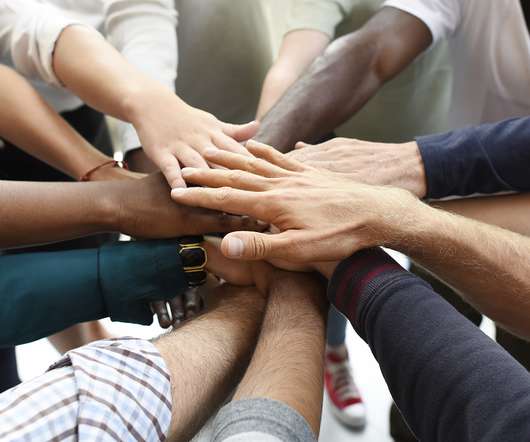Bookshare without Borders: #1/3
Beneblog: Technology Meets Society
JANUARY 7, 2013
Bookshare , our flagship literacy program, is the world’s largest accessible library and currently serves more than 230,000 members with visual and learning disabilities. But this is just the tip of the iceberg, as literacy remains an elusive dream for the majority of the world’s people with print disabilities.












Let's personalize your content